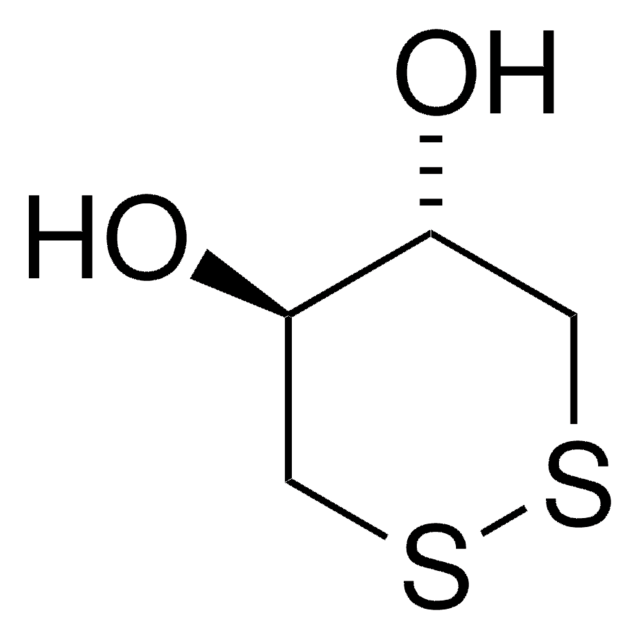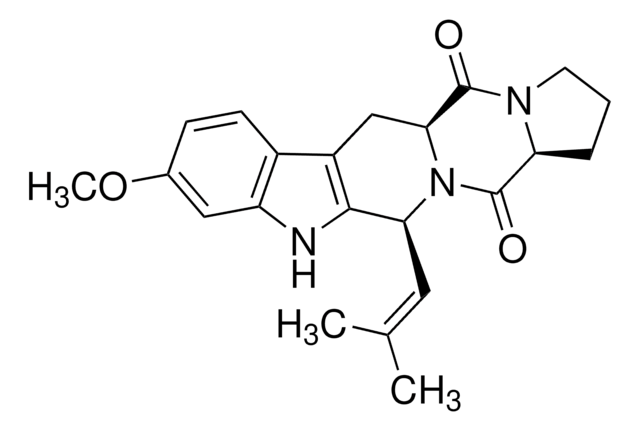D5921
DMEM - low glucose
With 1000 mg/L glucose, and sodium bicarbonate, without L-glutamine and phenol red, liquid, sterile-filtered, suitable for cell culture
Sinonimo/i:
DME, Dulbecco′s Modified Eagle′s Medium - high glucose, DMEM
About This Item
Prodotti consigliati
Nome del prodotto
Dulbecco′s Modified Eagle′s Medium - low glucose, With 1000 mg/L glucose, and sodium bicarbonate, without L-glutamine and phenol red, liquid, sterile-filtered, suitable for cell culture
Livello qualitativo
Sterilità
sterile-filtered
Stato
liquid
tecniche
cell culture | mammalian: suitable
Impurezze
endotoxin, tested
Componenti
phenol red: no
sodium pyruvate: no
glucose: low
HEPES: no
L-glutamine: no
NaHCO3: yes
Condizioni di spedizione
ambient
Temperatura di conservazione
2-8°C
Cerchi prodotti simili? Visita Guida al confronto tra prodotti
Descrizione generale
Applicazioni
- living colon cancer SW620 cells
- human breast carcinoma cell lines MCF-7(13), KPL and MDA-MB-231
- mammal and canine derived adipose-derived mesenchymal stem cells
Ricostituzione
Altre note
Comunemente ordinati con questo prodotto
Supplemento
Avvertenze
Warning
Indicazioni di pericolo
Consigli di prudenza
Classi di pericolo
Skin Sens. 1
Codice della classe di stoccaggio
12 - Non Combustible Liquids
Classe di pericolosità dell'acqua (WGK)
WGK 3
Punto d’infiammabilità (°F)
Not applicable
Punto d’infiammabilità (°C)
Not applicable
Scegli una delle versioni più recenti:
Possiedi già questo prodotto?
I documenti relativi ai prodotti acquistati recentemente sono disponibili nell’Archivio dei documenti.
I clienti hanno visto anche
Il team dei nostri ricercatori vanta grande esperienza in tutte le aree della ricerca quali Life Science, scienza dei materiali, sintesi chimica, cromatografia, discipline analitiche, ecc..
Contatta l'Assistenza Tecnica.





